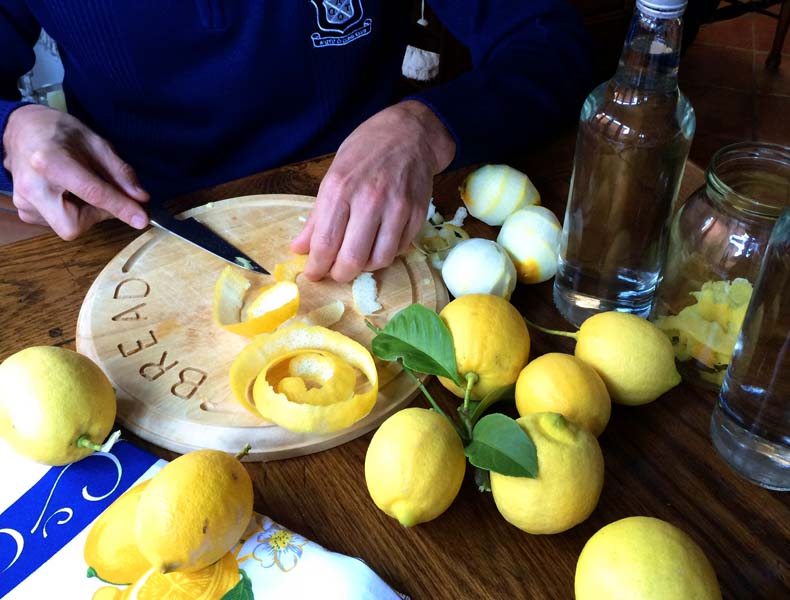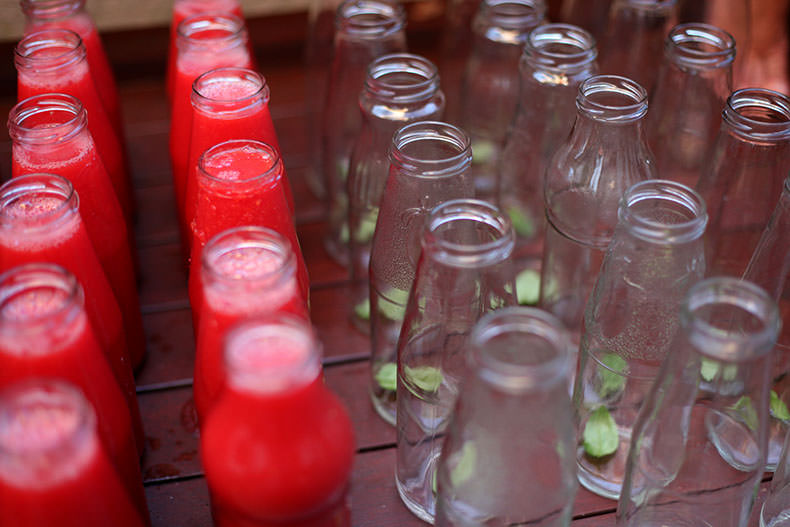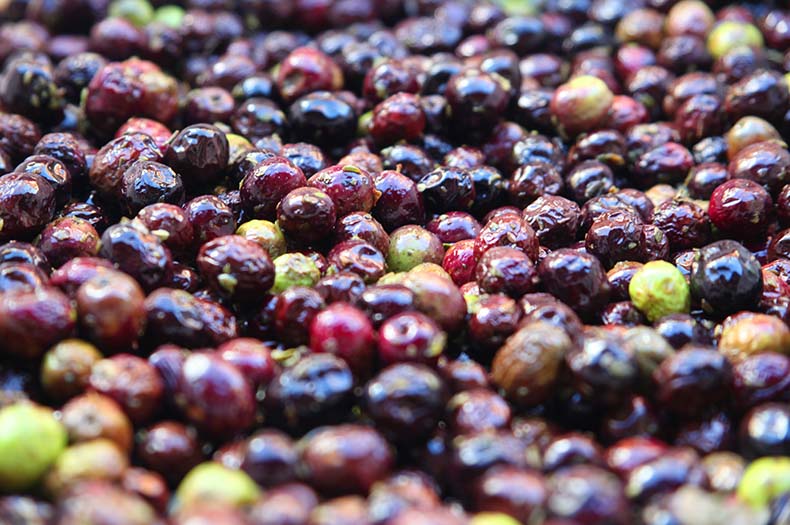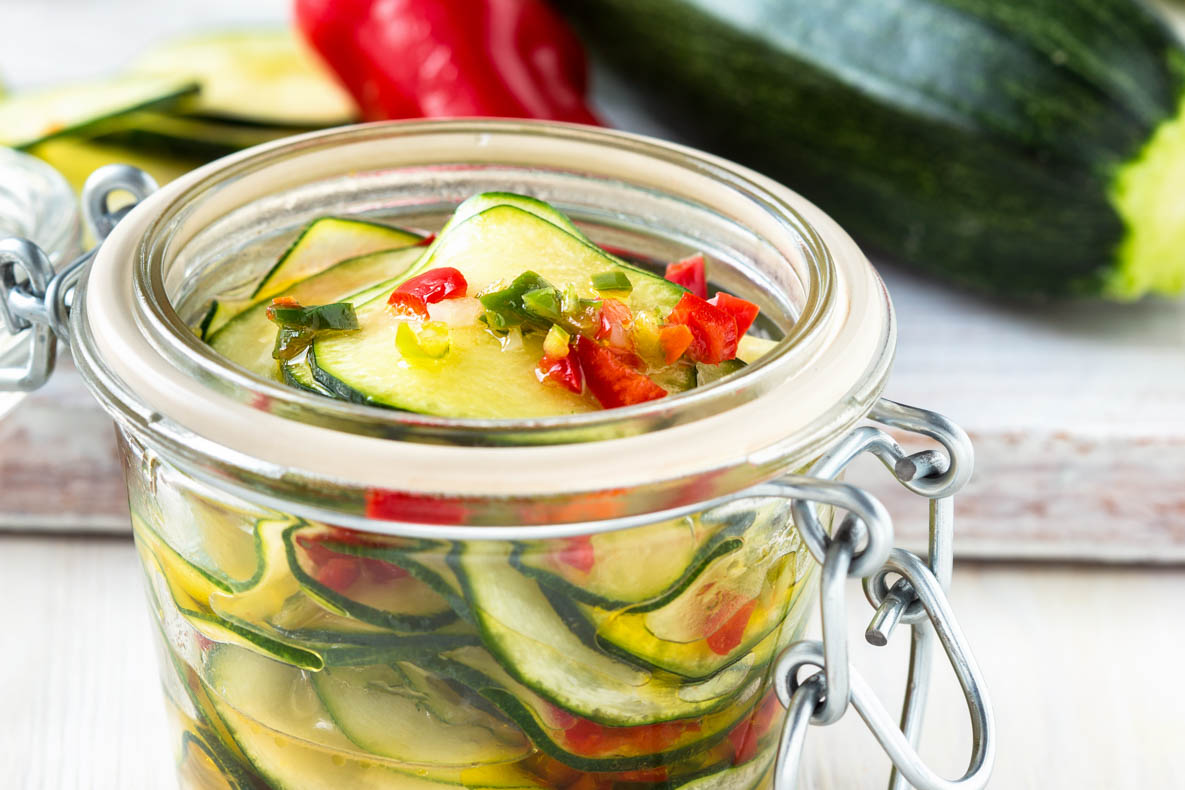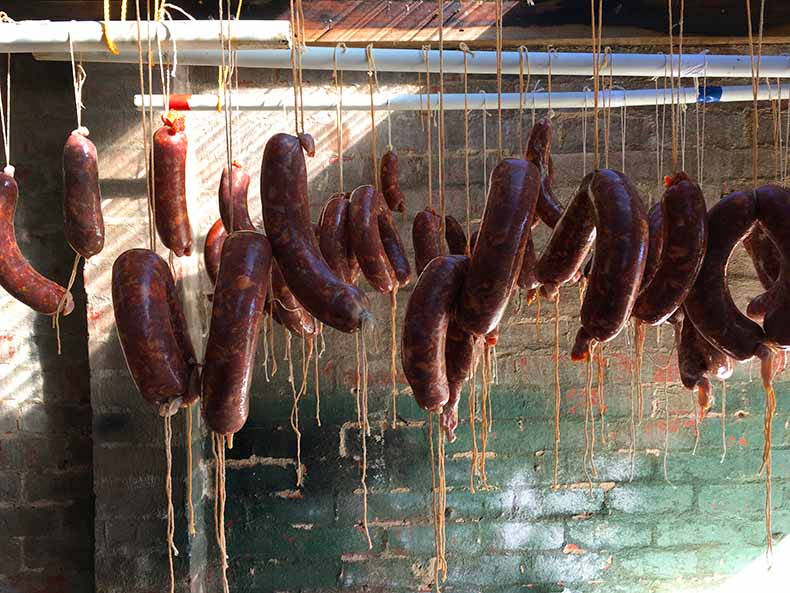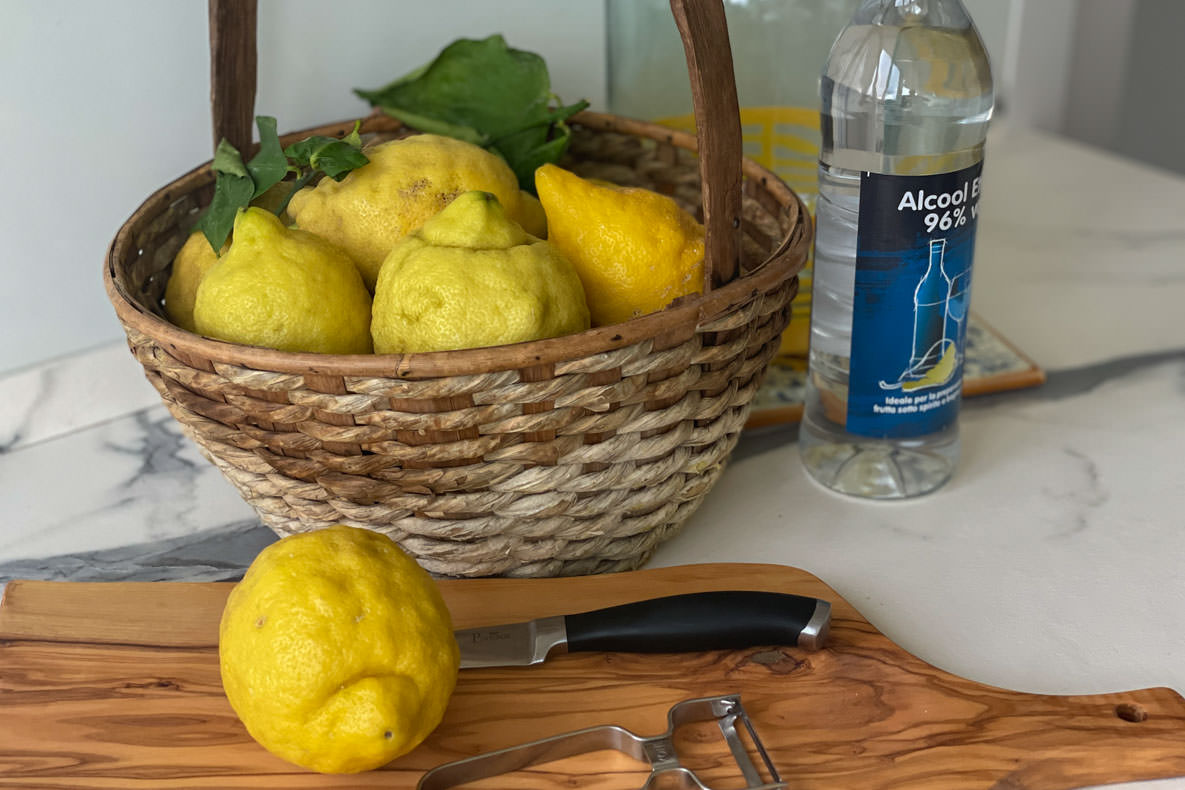Believe it or not, this week is the “International Week of the Italian Cuisine.”
What is this? We hear you ask. Officially, it’s a worldwide initiative under the patronage of the Italian Ministry of Foreign Affairs to celebrate the excellence of the Italian Cuisine and food traditions around the world.
However, more than all the celebrations around the world, it got us thinking about what we love and Italian cuisine and food traditions.
While we share with most people a love for a pizza straight from the wood fired oven or a special bowl of home made pasta, for us the more interesting component of this “festival” is the food traditions, and in particular, those of preserving when there is abundance and cooking and curing, without chemicals and preservatives. We love that these traditions are shared in many Italian families and also being adopted by people of a non-Italian persuasion.
Here are a few of our favourite Italian food traditions that we enjoy making and which you can do yourself, if you have the inclination.
PASSATA
This is a staple that we use all year round and it’s a very sad day when we’ve used the last bottle and have to wait (hopefully only a few weeks) for the new batch.
While it’s a time consuming process, it is a relatively simple production line.
Start with softening the skins with the tomatoes immersed in hot water, then separating the pulp from the skin and seeds.
Once you are left with the thick pulpy liquid, it’s time to place a basil leaf in each jar, fill, cap and then “cook” them for at least 20 minutes on a rapid boil. In reality, the bottles will stay in the pot or drum that you have used until they cool and are easier to handle. The cooking is key as it neutralises anything that has the potential to spoil the passata while in storage.
The taste difference of a simple sauce made from your own passata is unbelievable and well worth the effort.
OLIVES
Home made olives from our own street trees are an added bonus from our local council. We think of it as an early payment bonus for our rates, without having to pay early.
Olives can be a little harder to get right and there are so many ways to make them.
The one approach where we have found most success, is the dried black recipe. It again is a relatively simple process that just takes time, about 33 days in fact.
You start by picking as many black olives as you can and then wash them in cold water. You then place a layer of olives on the bottom of a tub and then liberally sprinkle salt over the top as well as garlic slivers and dried oregano. You keep repeating this process until you have run out of olives.
You then place a tea towel over the top and then every day for 30 days, you turn the olives. After 30 days, you drain the olives and then place them on a tray in an oven that has just hit 100c. As you put the olives in, turn the oven off until it completely cools. You keep repeating this drying process in the oven until the olives are dry, but not dehydrated.
Once this is complete, place the olives in a jar and they are good for many months or until you run out. These can be eaten on their own or dressed with olive oil and chill, or fennel seeds and garlic. They are seriously addictive.
PRESERVING VEGTABLES
This occurs when there is an abundance of a vegetable, usually in summer. Our personal favourite is the humble zucchini, preserved Sott’Olio (under oil).
This is a taste sensation and a hit on any antipasto plate.
The process involves cutting the zucchini very finely, before a 24hr salting, and then a further 24hr in a vinegar bath.
The vegetables are then dried and placed into jars with chillies and herbs, before being completely covered in oil.
SALAMI
Salami, cacciatore or capocollo, these are all small goods that you can make at home.
Making salami is more involved and requires more equipment to ensure that everything is done easily, correctly and finished to make the product last. This is a weekend where many hands make it easier and it’s also good to have someone on hand who has successfully made it before.
You start with “massaging” the minced pork meat and fat to a certain consistency while also adding salt and the required spices, sauces and herbs depending on your recipe. This then rests overnight, before being stuffed into the skins and hung in the garage or cold place with the correct conditions.
After the hanging is complete, it’s time for everyone to take a seat and have a few vino’s over a big bowl of pasta.
Over the next three weeks you need to keep an eye on the salami and if needed, wipe off any mould. Once they are ready, they are taken down, wiped again with a little oil and wine, trimmed and then cryovaced.
The most difficult part of the salami process is making sure that the salami stash lasts a full 12 months before the next batch is complete.
LIMONCELLO
Damian’s personal favourite; homemade limoncello.
For the best results you should use 95% alcohol, which can be a little difficult to find. However, another option is a neutral tasting vodka with a high alcohol %.
The process starts by removing the skin of the lemons, and then removing as much of the white pith as possible. The idea is that with the high alcohol % you extract much more of the lemon oils from the rind, while none of the bitterness from the pith.
You place both the alcohol and rind in a glass jar until the rind has turned white and the clear liquid is now yellow (approx. 2-3 weeks, depending on the alcohol %).
From there you make a sugar syrup, which is added to the strained yellow liquid. This is where it gets interesting, because you don’t want it too sweet. You also need to work out how much of the sugar syrup is added so that you don’t dilute the yellow alcohol liquid too much, as it needs to retain a high enough alcohol percentage, so that it will not freeze.
There is nothing better than finishing a meal in summer with a velvety smooth glass of lemon goodness, straight from the freezer. It’s the perfect Italian finish.
So, why take the time, you may ask. Is it really worth it? For us, these different food traditions remind us that eating in season and using the abundance from each season to make and store produce for the coming months when it’s not available, is not only the best and tastiest approach to eating, but also helps you to know the provenance of your food.
This is an attitude to eating that lives deeply in the Italian culture and one we admire and embrace. If you’d like to share in the authenticity of Italian food traditions and cuisine, join us on an Italian cycling tour.

